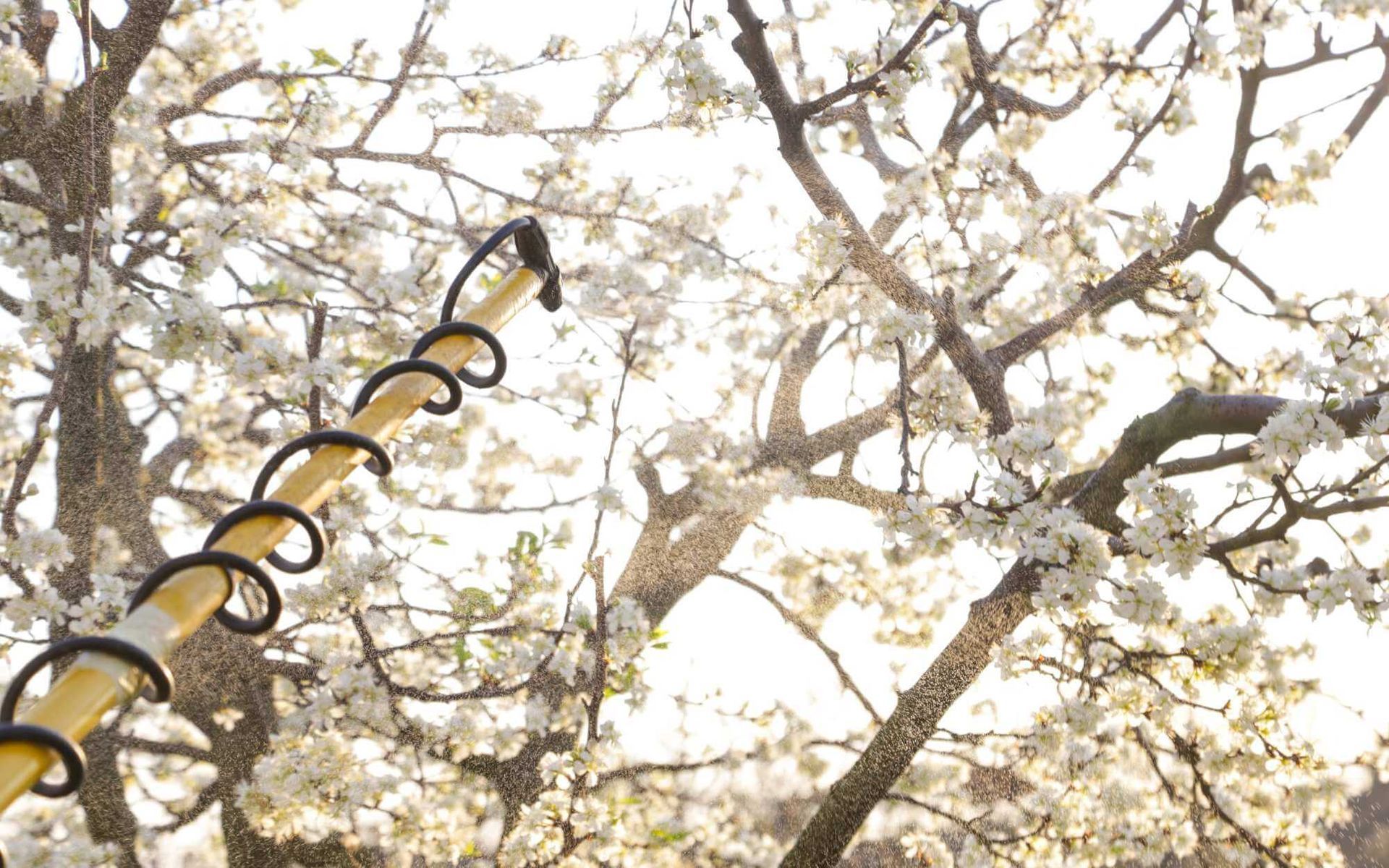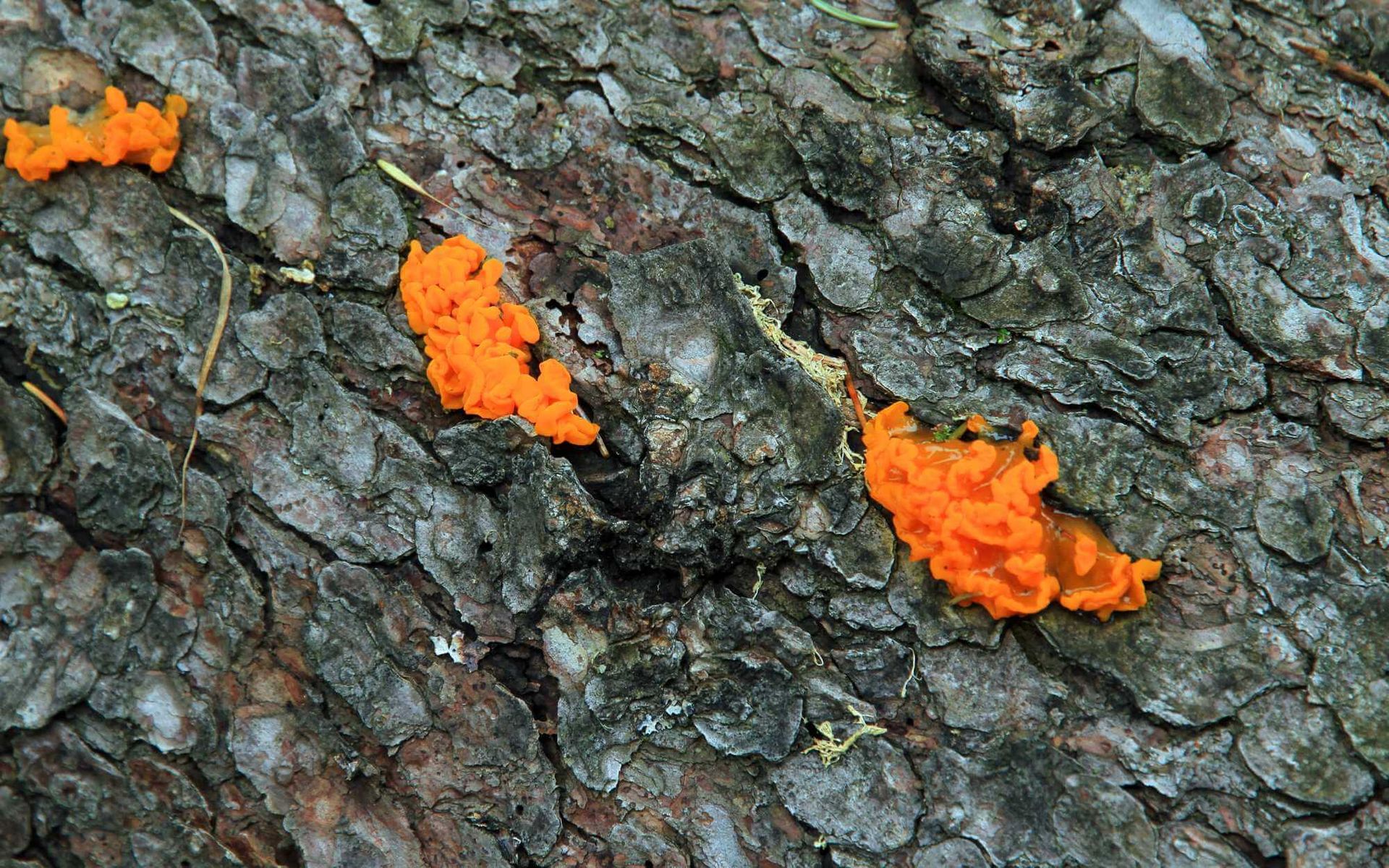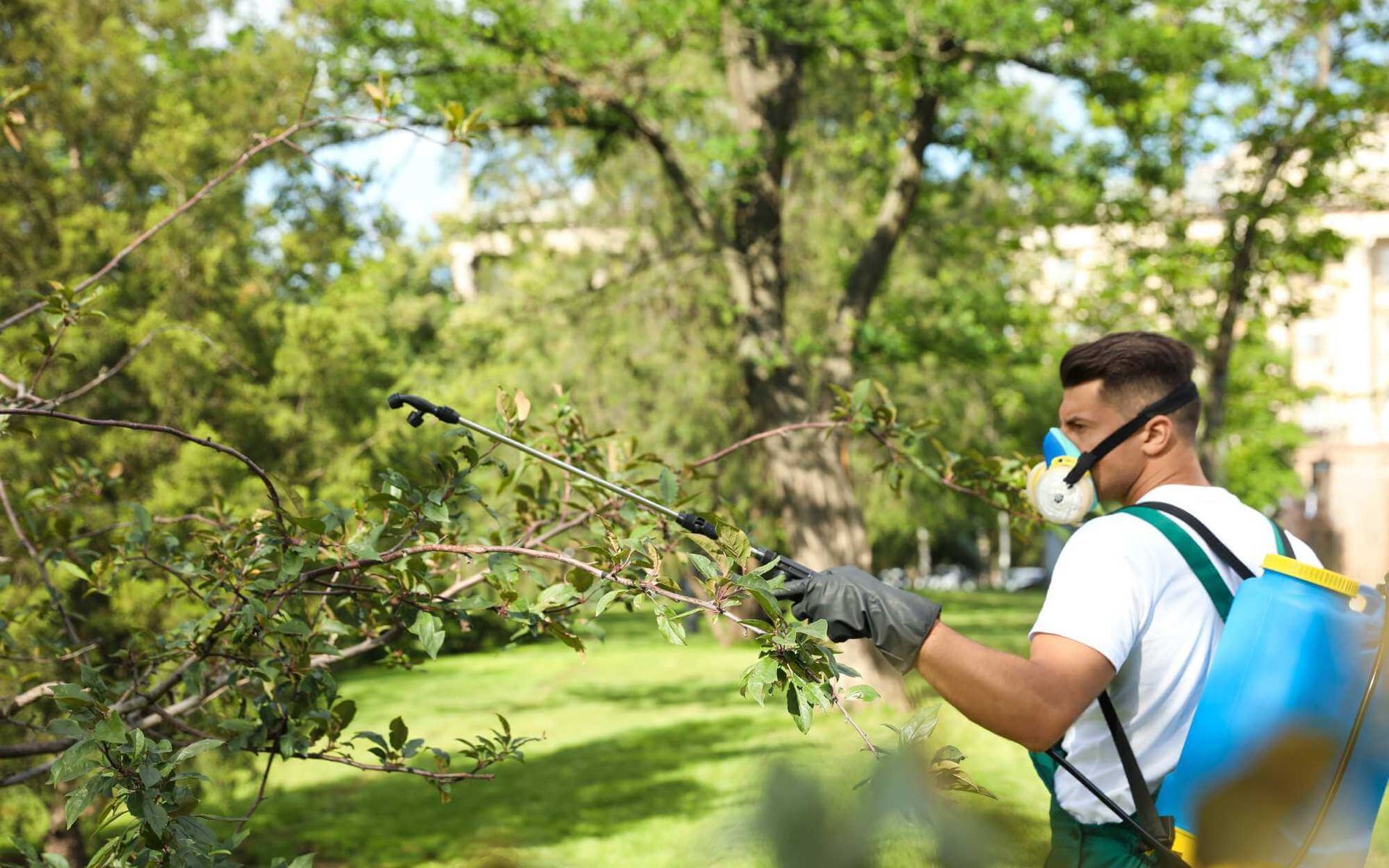Healthy Harvests: Tree Disease Management for Fruit Orchards
PUBLISHED ON
SHARE THIS ARTICLE

Welcome to another post in our Tree Disease Management series. Today we're spotlighting fruit orchard management.
A healthy tree is the cornerstone of a bountiful harvest. However, tree diseases can lay waste to the best of orchards, drastically affecting both the quality and quantity of the yield. They can turn luscious, palate-pleasing fruits into inedible, unmarketable produce.
More insidiously, these diseases often spread quickly and silently, potentially causing large-scale devastation before they are even detected.
Hence,
effective tree disease management for fruit orchards isn't just necessary, but imperative for sustaining productive and profitable trees.
Common Diseases in Fruit Orchards

Several tree fruit diseases can affect fruit orchards, but some of the most common include:
- Apple Scab: This fungal disease affects apple trees and causes dark brown or black lesions on leaves, fruits, and sometimes twigs. The infected fruit tree areas may also develop a velvety texture.
- Cedar Apple Rust: As the name suggests, this disease targets both apple and cedar trees. It causes yellow or orange spots on leaves, which eventually turn black and affect the fruit's quality.
- Fire Blight: This bacterial disease affects apples, pears, and other members of the rose family. It causes wilting and blackened blossoms, twigs, and branches that often look like they have been scorched by fire.
- Peach Leaf Curl: This fungal disease affects peach trees and causes their leaves to turn red or purple, curl up, and eventually drop. It can significantly reduce the tree's ability to produce fruit.
- Plum Pox Virus: This virus affects plum trees and causes a wide range of symptoms, including yellow rings on leaves, deformed tree fruits, reduced yield, and even tree death.
- Citrus Canker: This bacterial disease affects citrus trees and causes yellow or brown lesions on leaves, stems, and fruits. It can significantly reduce the quality of the tree fruit and potentially kill the entire tree.
- Pear Rust: This fungal disease affects pear trees and causes orange or yellow spots on leaves, which eventually turn black. It can also affect the fruit's quality and yield.
- Brown Rot: This fungal disease affects stone and mature fruit trees, such as peaches and plums. It causes brown spots on fruits and spreads quickly, leading to rotting and reduced yield.
Preventive Measures
Proactive strategies for orchard tree health in disease management are vital for maintaining healthy orchards and ensuring high-quality, fruitful yields. These proactive steps help to reduce the onset of diseases and mitigate their spread, saving both time and resources in the long run.
Cultivation practices, such as proper pruning, keep trees healthy and improve air circulation, reducing the risk of fungal diseases. Routine sanitation practices, such as removing and discarding infected buds or other plant materials, help prevent the spread of pathogens. Crop rotation, though more applicable to field crops, can also be beneficial in managing soil-borne diseases.
These preventive practices are fundamental in a comprehensive disease management strategy.
Integrated Pest Management (IPM) Strategies

Integrated Pest Management (IPM) is a multi-dimensional approach to tree disease management, converging cultural, biological, chemical, and physical strategies to maintain pest populations below economically damaging levels.
A key aspect of IPM is the use of biological controls, leveraging beneficial insects and microorganisms to keep harmful pests in check. These biological agents, acting as natural enemies, can successfully suppress diseases. For example, certain insects prey on insect pests, while specific bacteria, fungi, and viruses are known to inhibit the growth of harmful pathogens.
By fostering an environment conducive to these beneficial organisms, orchard managers can ensure healthier trees and more fruitful harvests while reducing the reliance on synthetic pesticides.
Chemical Control Options
Chemical control methods, including the use of fungicides and bactericides, are often indispensable in managing plant diseases.
However, their effectiveness relies heavily on correct application timing and dosage. It's crucial to adhere strictly to safety guidelines and regulations, ensuring the protection of non-target organisms and the environment.
Misuse can lead to pest resistance, undermining the long-term sustainability of disease management strategies.
Diagnosis and Monitoring
Early detection is critical in disease management as it allows for timely intervention, halting the spread of pathogens and minimizing potential losses.
Regular visual inspections are the first line of defense; look for changes in leaf color, unusual growths, or signs of damage. Additionally, lab testing, such as DNA sequencing or pathogen culturing, offers precise diagnosis. For continuous monitoring, modern technology offers remote sensing tools and disease prediction models.
These techniques, combined with an informed understanding of common tree diseases, provide the best defense against the silent threat to our fruit orchards.
Protect your orchard for bountiful harvests!
Effective fruit orchard disease control is fundamental for maintaining healthy, productive young fruit trees. It curbs the spread of harmful pathogens, ensuring bountiful, high-quality harvests.
Remember to implement proactive measures like regular pruning and sanitation. Consider employing Integrated Pest Management strategies and chemical controls as needed. Don't forget to monitor for disease signs, and seek professional aid for accurate diagnosis.
Ensuring the health of your orchard isn't just necessary, it's crucial for long-term sustainability and profitability. Remember, a healthy orchard equates to fruitful yields and a thriving ecosystem.
Want a free quote or some friendly advice? Call our team today:






